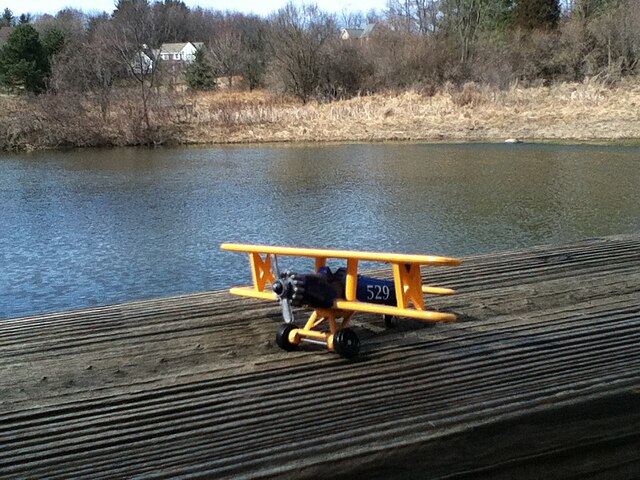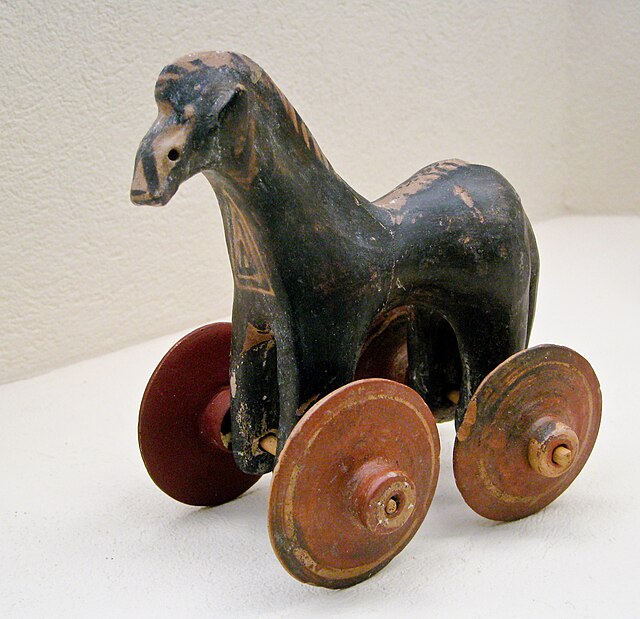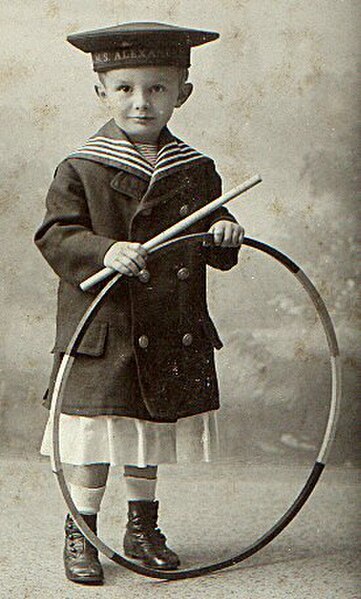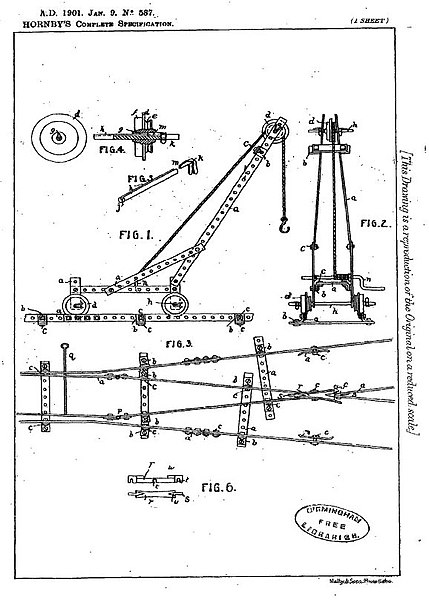A die-cast toy is a toy or a collectible model produced by using the die-casting method of putting molten lead, zinc alloy or plastic in a mold to produce a particular shape. Such toys are made of metal, with plastic, rubber, glass, or other machined metal parts. Wholly plastic toys are made by a similar process of injection molding, but the two methods are distinct because of the properties of the materials.
Typical early Dinky die-cast toy, with multiple parts and rubber tires, but early models had no glazed windows.
A die-cast biplane.
1:24 die-cast model of the Honda Valkyrie
A die-cast Yamaha motorcycle model in 1:18 scale
A toy or plaything is an object that is used primarily to provide entertainment. Simple examples include toy blocks, board games, and dolls. Toys are often designed for use by children, although many are designed specifically for adults and pets. Toys can provide utilitarian benefits, including physical exercise, cultural awareness, or academic education. Additionally, utilitarian objects, especially those which are no longer needed for their original purpose, can be used as toys. Examples include children building a fort with empty cereal boxes and tissue paper spools, or a toddler playing with a broken TV remote control. The term "toy" can also be used to refer to utilitarian objects purchased for enjoyment rather than need, or for expensive necessities for which a large fraction of the cost represents its ability to provide enjoyment to the owner, such as luxury cars, high-end motorcycles, gaming computers, and flagship smartphones.
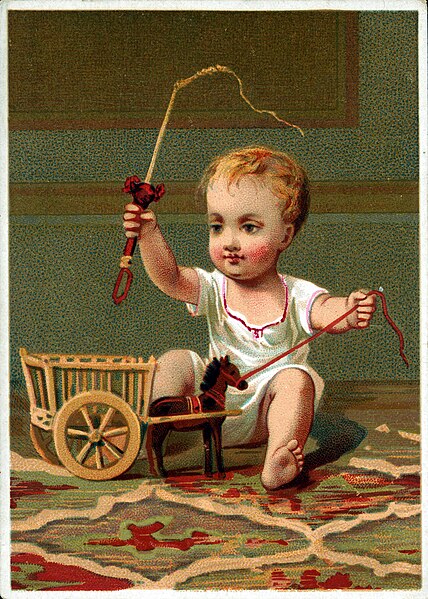
19th century illustration of a child playing with a toy horse and cart
Little horse on wheels, Ancient Greek children's toy. From a tomb dating 950–900 BCE, Kerameikos Archaeological Museum, Athens
A boy with a hoop. Hoops have long been a popular toy across a variety of cultures.
Frank Hornby's 1901 patent number GB190100587A for what later became known as Meccano


